Case Studies
-
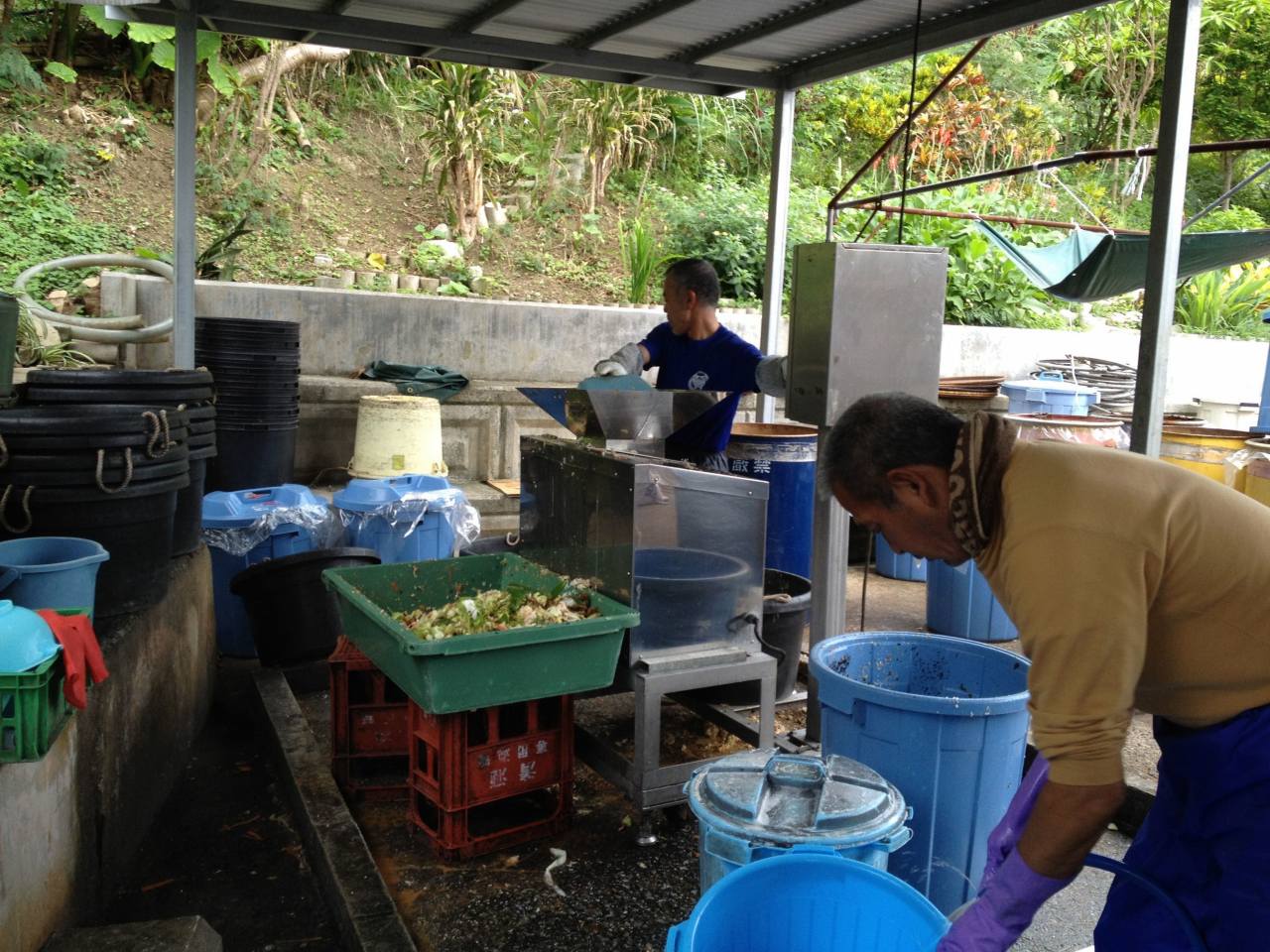
House of Hope, NPO group with the help of people with disabilities, recycling organic wastes
Japan
Nozomi no Sato (House of Hope in Japanese) is a NPO group which uses EM Technology to recycle organic wastes. It is also a home for disabled people who learn social and work skills through contributing to the recycle programs. Let's hear the story from House of Hope. more
-
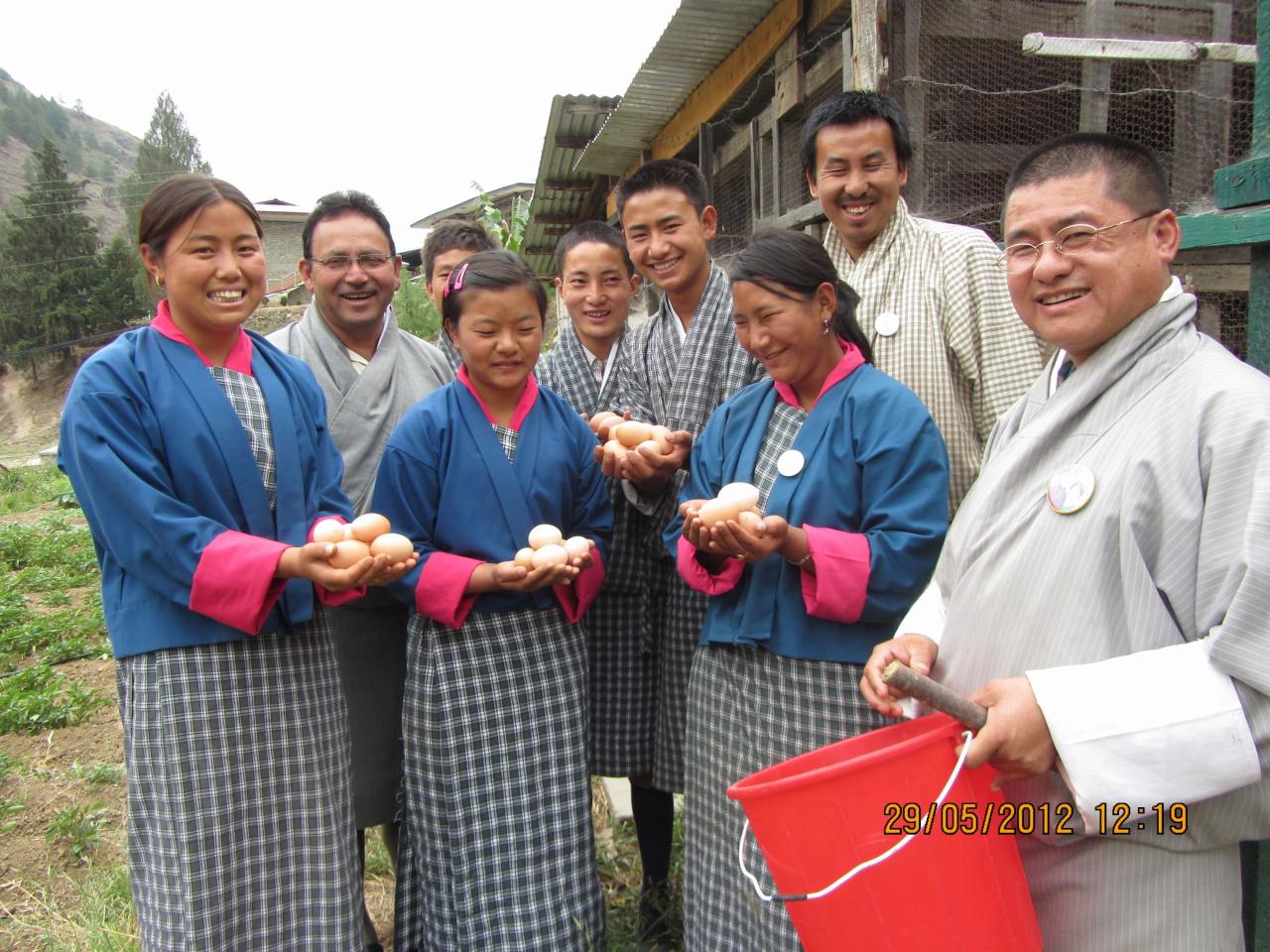
Students Participate in Kingdom's Agriculture
Bhutan
It was in 1994 when Bhutan started applying EM Technology in agriculture. They aimed at developing nature farming which can produce EM-treated materials for schools, farmers and other users. The next big change began since 2000 when the Ministry of Agriculture and Forests and Education enacted the School Agriculture Project to teach youth potential of agriculture.
more -
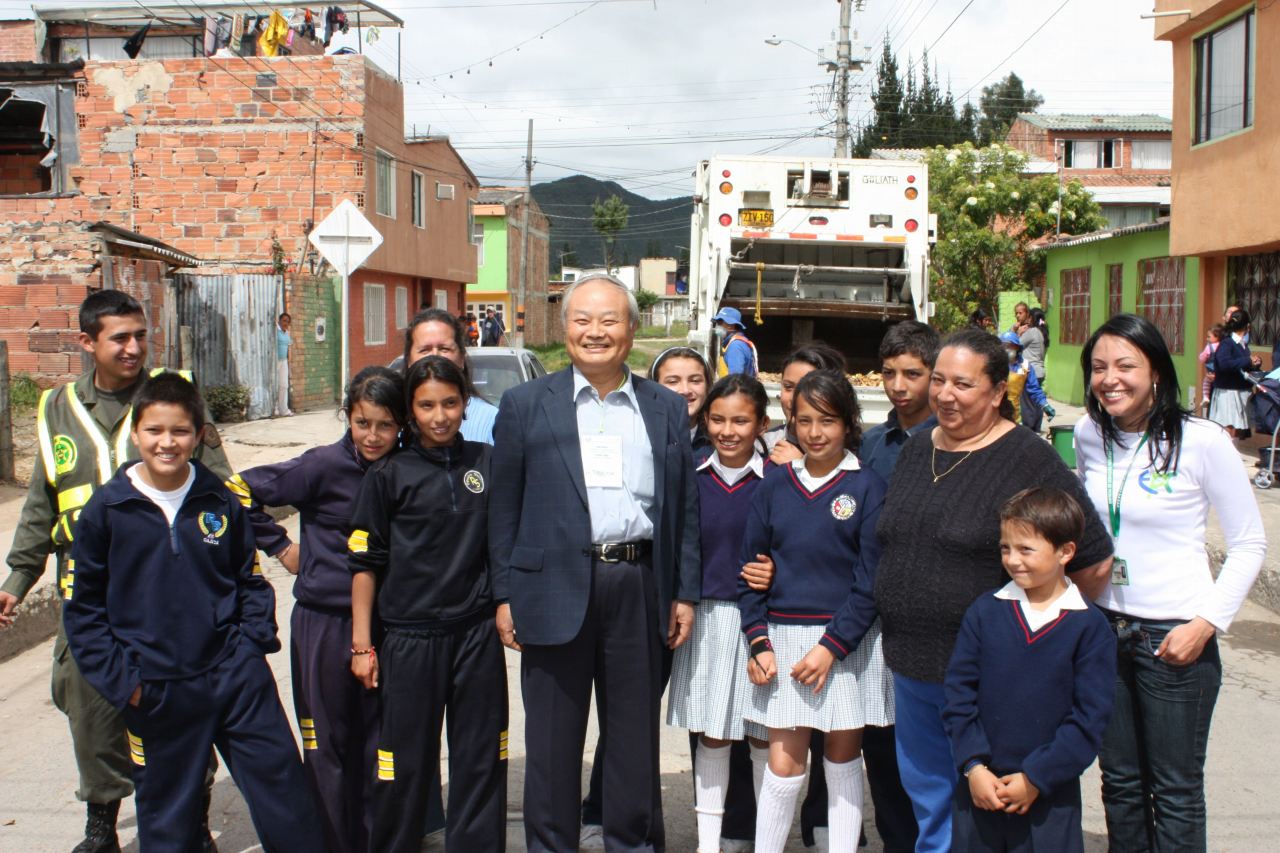
EM for Sustainable Society
Colombia
There is a city called Cajica in Colombia where environmental problems became serious which they believe stem from precarious community-management of household wastes. The city’s catholic organization called FUNDASES decided to improve the situation with 55000 residents in the city. Through their educational programs and training, children and adults learned how to make wastes compost with EM Technology for soil conditioning.
more -
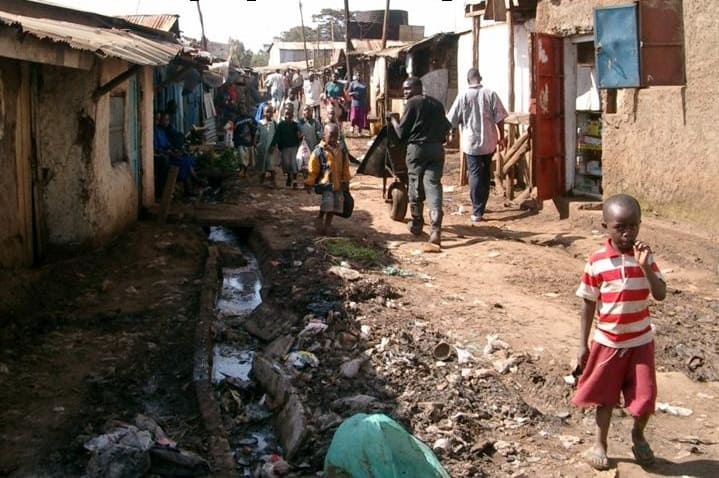
Kibera Changed with EM Technology
Kenya
The Kibera slum, the largest slum in East Africa, is in Kenya where a million people stay without well-established infrastructure(e.g., no tap water, poorly conditioned toilets). To improve the environment, a group of organizations and the Kenya government established a joint venture to improve the sanitation with EM Technology while creating jobs for those who seek. more
-
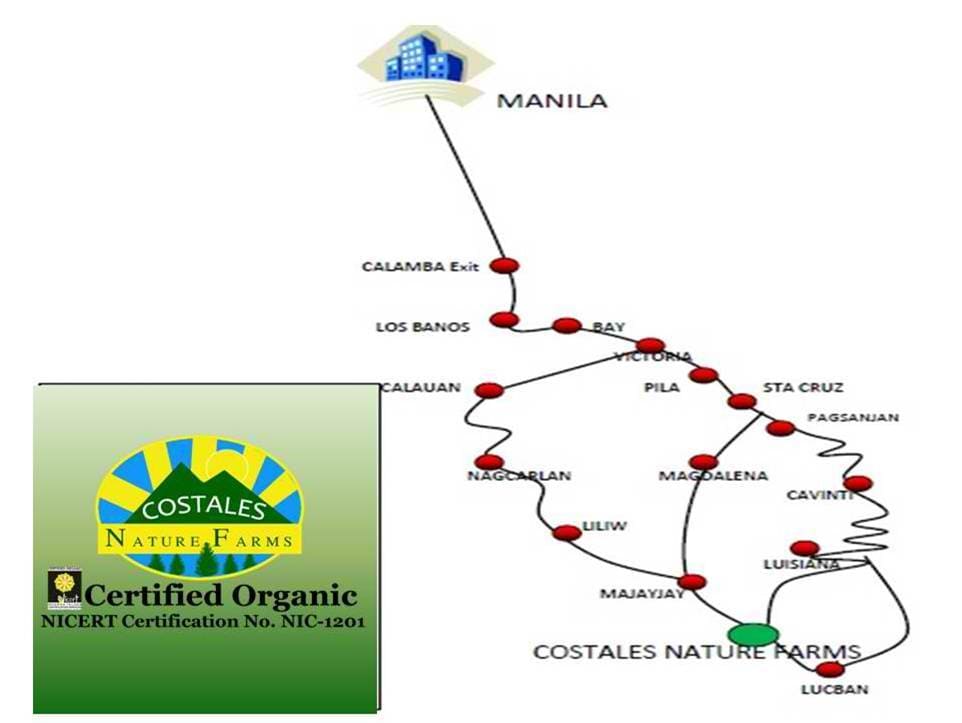
Agri-eco Tourism with EM
Philippines
Costales family runs a farm growing food and farming in- and out of water in south of Manila, Philippines. Their style is nature farming, which was awarded by the president in 2012. Farming was not the only business of theirs. They hold workshops to spread EM Technology use in the neighborhood.
more -
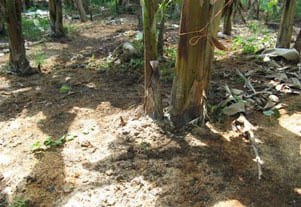
Fungus Diseases in Banana Vanished
Costa Rica
Costa Rica has shifted its agenda toward farming from massive production with chemical fertilizer to eco-friendly production. Following the direction, EARTH University has started using EM instead of chemical materials in their farming since 2000. The effects are positive, especially convincing for controlling Black Sigatoka fungus disease in bananas and plantains. more